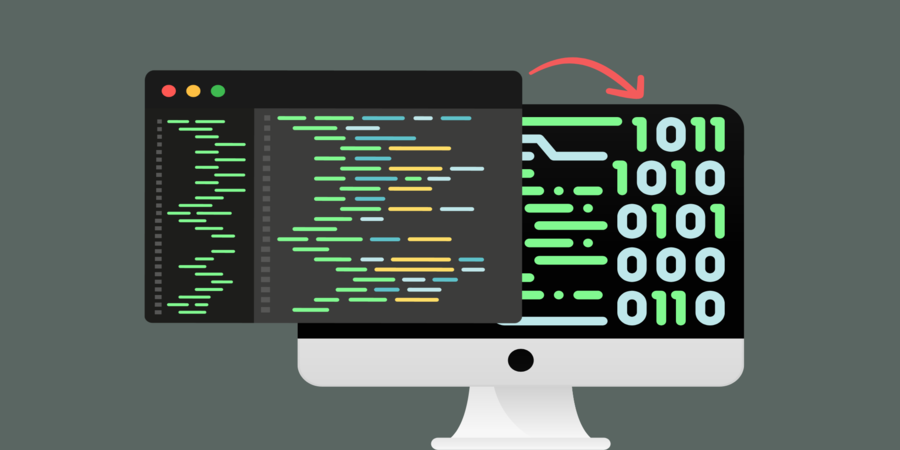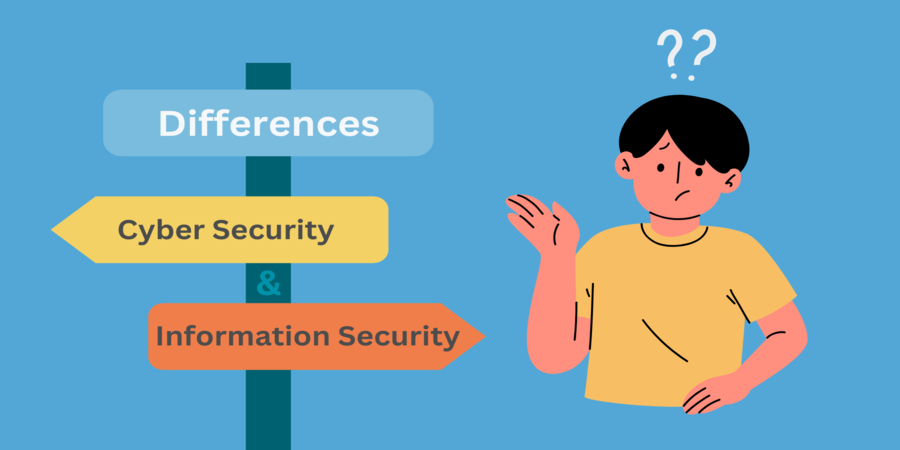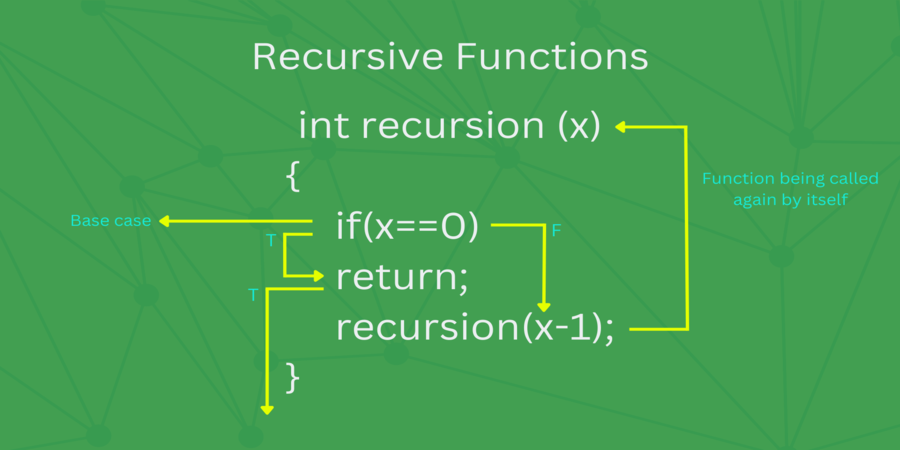

What is a Security Assertion Markup Language (SAML)
In today's interconnected digital landscape, ensuring secure authentication and authorization processes is paramount. One widely adopted technology in this domain is Security Assertion Markup Language (SAML). This article aims to shed light on SAML, its significance, and its applications in modern cybersecurity frameworks.
The Basics of SAML
Security Assertion Markup Language, commonly known as SAML, is an XML-based open standard for exchanging authentication and authorization data between parties. It provides a standardized format for representing security assertions, enabling secure communication and seamless single sign-on (SSO) across various domains and applications.
SAML Components
SAML relies on three primary components: the Identity Provider (IdP), the Service Provider (SP), and the user. The IdP is responsible for authenticating the user's identity and generating security assertions. The SP, on the other hand, consumes these assertions to grant access to its protected resources. The user, also known as the principal, is the entity seeking access to the SP's services.
SAML Workflow
The SAML workflow involves a series of steps. First, the user requests access to a service provided by the SP. The SP, recognizing that the user is not authenticated, redirects the user to the IdP. The IdP authenticates the user using various methods like username/password, multifactor authentication, or federated identity systems. Once the user is authenticated, the IdP generates a SAML assertion containing the user's identity and attributes, signs it, and sends it back to the user. The user then presents this assertion to the SP, which validates its authenticity and attributes, granting access if everything checks out.
Benefits of SAML
SAML offers several key advantages in modern cybersecurity frameworks:
- Single Sign-On (SSO): With SAML, users only need to remember one set of credentials to log into a wide variety of online services and programs.
- Enhanced Security: By relying on digital signatures and encryption, SAML ensures the integrity and confidentiality of authentication data, reducing the risk of identity theft and unauthorized access.
- Federated Identity: SAML allows organizations to establish trust relationships and share user identities across different domains, enabling seamless collaboration and access to shared resources.
- Attribute-based Access Control (ABAC): SAML assertions can include additional attributes about the user, such as roles or group memberships. This information can be used by the SP to enforce fine-grained access control policies.
SAML Implementations
Numerous software solutions and frameworks support SAML, making it a widely adopted standard in the industry. Some popular implementations include Shibboleth, Okta, OneLogin, and Microsoft Active Directory Federation Services (ADFS). These solutions provide comprehensive support for SAML, simplifying integration with existing systems and applications.
SAML and Modern Technologies
SAML remains relevant in the face of emerging technologies. For instance, it serves as a crucial component in cloud-based Single Sign-On (SSO) solutions, where users can seamlessly access various cloud services using their SAML-based identities. Additionally, SAML plays a vital role in federated identity systems, allowing users to access multiple applications across different organizations securely.
SAML Limitations and Future Directions
While SAML has proven to be a robust and widely adopted standard, it does have some limitations. One such limitation is its reliance on XML, which can be verbose and complex. Furthermore, the rise of newer standards such as OpenID Connect and OAuth 2.0 has led to discussions about the future of SAML. However, there is still a significant presence of SAML in many enterprise environments, and it continues to be a reliable and effective solution for secure authentication and authorization.
In recent years, efforts have been made to address some of the limitations of SAML. For example, the introduction of SAML 2.0 brought improvements in terms of simplicity, flexibility, and support for modern security standards. SAML assertions can now be exchanged using more lightweight formats such as JSON, which improves efficiency and reduces overhead.
Furthermore, there have been advancements in the integration of SAML with other technologies. For instance, Security Token Service (STS) implementations allow the translation between SAML and other security token formats, enabling interoperability between different authentication protocols and frameworks.
As the landscape of cybersecurity evolves, SAML is likely to continue playing a significant role. Its robust security mechanisms, support for SSO, and ability to establish trust relationships between organizations make it an important component of federated identity management systems. Moreover, SAML's compatibility with cloud-based SSO solutions ensures seamless access to various cloud services while maintaining strong security controls.
Conclusion
Security Assertion Markup Language (SAML) is an XML-based open standard that facilitates secure authentication and authorization across different domains and applications. By enabling single sign-on, enhancing security, supporting federated identity, and providing attribute-based access control, SAML has become a widely adopted technology in modern cybersecurity frameworks. Despite the emergence of alternative standards, SAML continues to be relevant and widely used, with ongoing efforts to address its limitations and improve interoperability with other protocols. As organizations strive to ensure secure access to their resources, understanding and implementing SAML remains crucial in establishing robust and trusted identity management systems.
Popular articles

Jun 08, 2023 07:51 AM

Jun 08, 2023 08:05 AM

Jun 08, 2023 03:04 AM

Jun 07, 2023 04:32 AM

Jun 05, 2023 06:41 AM
Comments (0)